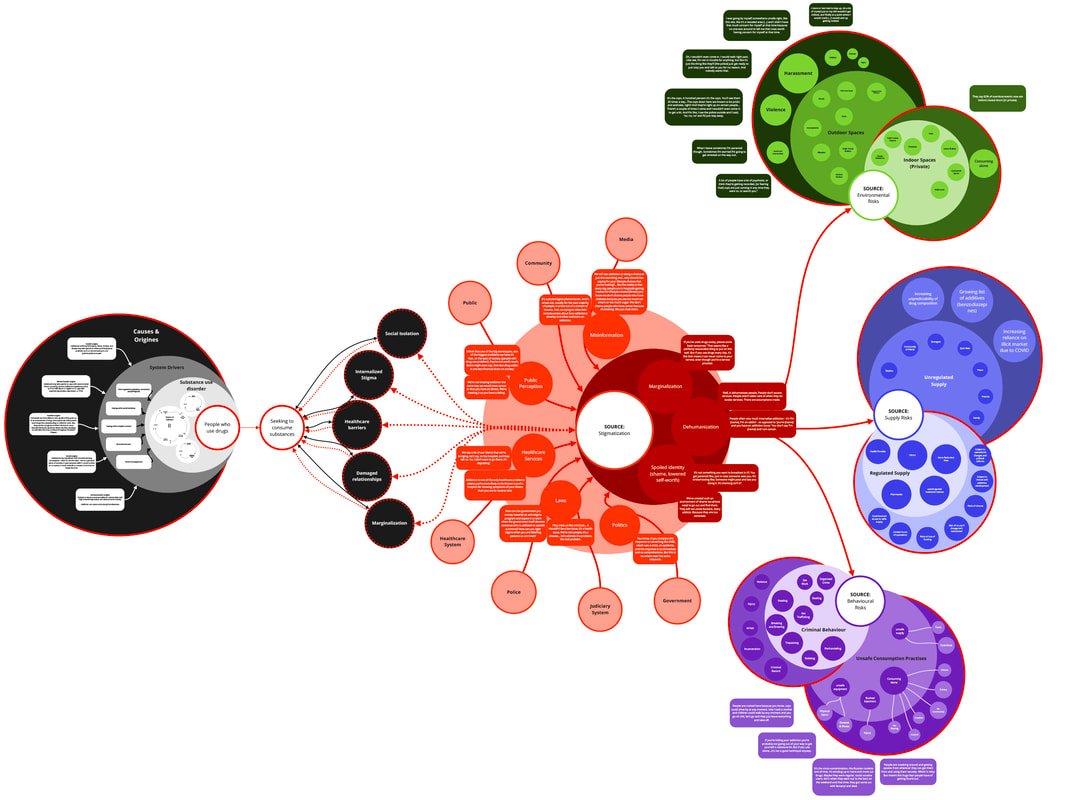|
/ Project Overview
Designing Destigmatizing Spaces: Affording Social Supports at Safer Consumption Sites
Key Words: Opioid overdose crisis, safer consumption sites, environmental design, harm reduction, social support, health promotion, supportive design theory Objective: Stigmatized persons deplete their socio-psychological resources when facing barriers to accessing health and substance use care services. Under these demanding conditions, people could also benefit more from the health promoting effects of supportive environments. This paper views social support as a health promotion asset that needs to be explicitly designed for within SCS. Architects and designers can play a key role in facilitating clients’ access to social supports, through the design of socially supportive environments. |
/ Collaborators
Chieng Luphuyong - Research Associate / Quality & Enterprise Risk Management Coordinator
MDes, Design for Health, OCADU |
Proudly powered by Weebly

